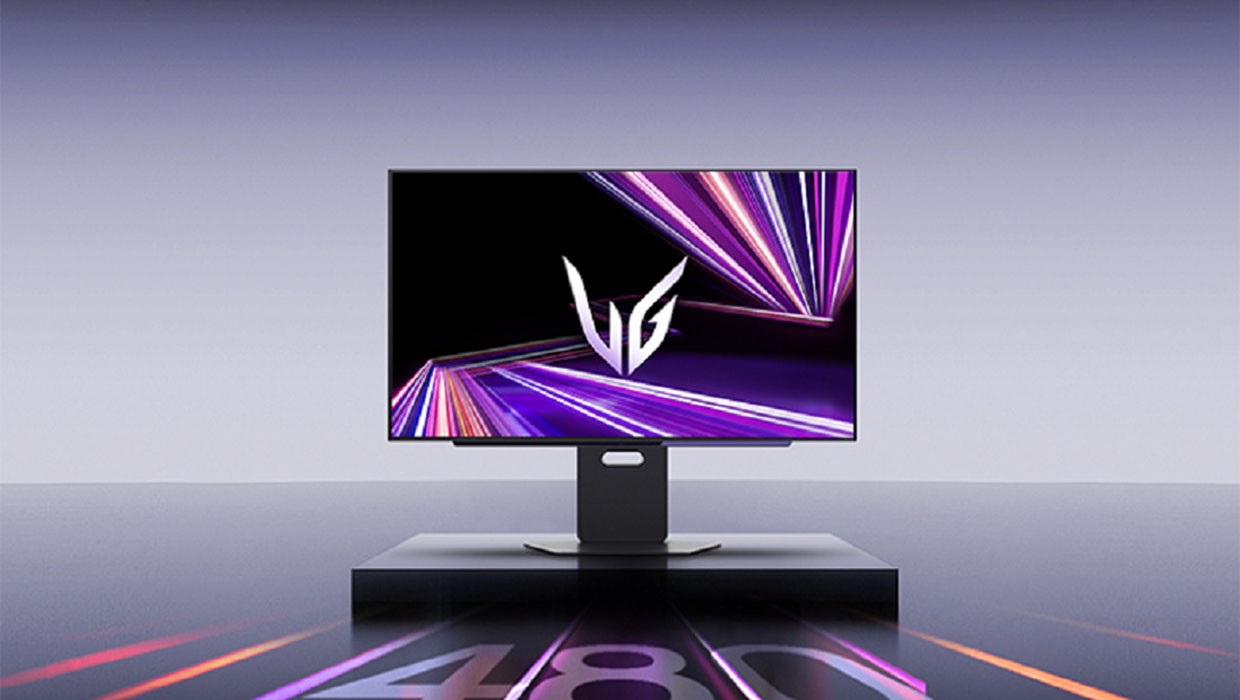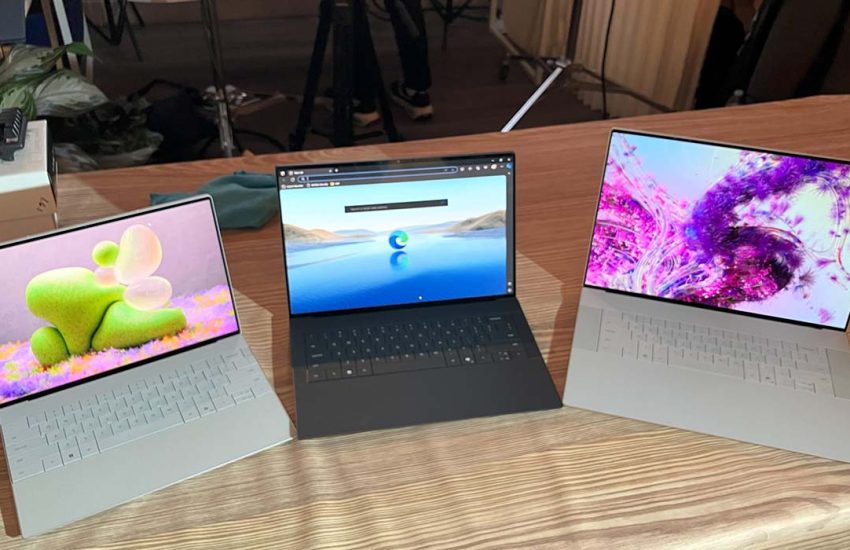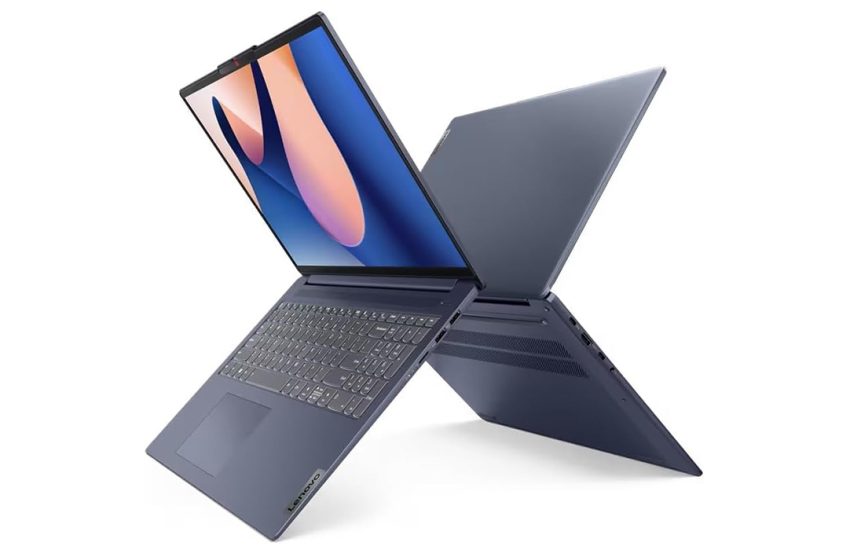LG Launches 480Hz OLED Gaming Monitor: A Refresh Rate Revolution for Esports
I’m always on the lookout for cutting-edge innovations, especially in the realm of display technology. Recently, LG dropped a bombshell in the gaming industry by introducing its 480Hz OLED gaming monitor. This new benchmark in refresh rates and display performance has captivated esports enthusiasts worldwide. Today, let’s dive deep into the features of this groundbreaking monitor and explore how it’s set to redefine the gaming experience.
Gazelle.com – Buy Smart. Sell Easy.
Trade in your old phone, tablet, or laptop at Gazelle.com and get instant cash offers.
Or shop certified pre-owned devices that look and work like new — all fully tested and guaranteed.
Simple. Secure. Sustainable.
The Ultimate Goal for Gaming Monitors: Refresh Rate
In the world of esports, refresh rate plays a crucial role in determining a player’s performance and experience. A higher refresh rate means the screen updates more frames per second, delivering smoother visuals and better response times. In fast-paced gaming scenarios, lower refresh rates can result in screen tearing and motion blur, directly affecting reaction times and decision-making.
While we’ve seen 144Hz, 240Hz, and even 360Hz monitors take the stage in recent years, LG’s leap to 480Hz is nothing short of revolutionary. This unprecedented refresh rate allows players to almost “predict” their opponents’ moves, offering a competitive edge like never before.
480Hz OLED Monitor: A Leap in Technology and Experience
While the 480Hz refresh rate is undeniably the headline feature, LG’s latest monitor offers much more than just numbers. Let’s explore its key technological advancements and the user experience it promises:
1. OLED Screen: Top-Notch Visual Performance
OLED technology is renowned for its exceptional color accuracy and contrast. By combining OLED with an ultra-high refresh rate, LG has created a monitor that offers not only unparalleled fluidity but also stunning visual quality. Deep blacks, vibrant colors, and intricate details make every frame a cinematic masterpiece.
2. Faster Response Times: Say Goodbye to Motion Blur
This monitor boasts an incredibly low response time of just 0.1ms, virtually eliminating motion blur. Whether you’re sniping in a first-person shooter or taking sharp turns in a racing game, the visuals remain crystal-clear and responsive.
3. Esports-Optimized Modes: Tailored for Gamers
LG has equipped this monitor with esports-specific optimization modes that automatically adjust brightness, contrast, and color settings based on the game type. This ensures an ideal visual experience, no matter the gaming scenario.
4. Hardware Challenges of Ultra-High Refresh Rates
While the 480Hz refresh rate is thrilling, it comes with steep hardware demands. To fully leverage this capability, you’ll need a high-end graphics card, such as an NVIDIA RTX 40 series or AMD Radeon RX 7000 series. Additionally, the monitor supports HDMI 2.1, ensuring seamless delivery of both high refresh rates and resolutions.
A Game-Changer for Esports Players: Is 480Hz Worth It?
For casual users, a 480Hz refresh rate might seem excessive. But for esports players, particularly professionals, this advancement is game-changing. A higher refresh rate translates to lower input lag and greater visual stability, which can make all the difference in a high-stakes competition.
Moreover, the release of this monitor sets the stage for broader adoption of higher refresh rates, encouraging game developers and hardware manufacturers to optimize their products accordingly. This could eventually raise the standards of competitive gaming and redefine how esports are played.
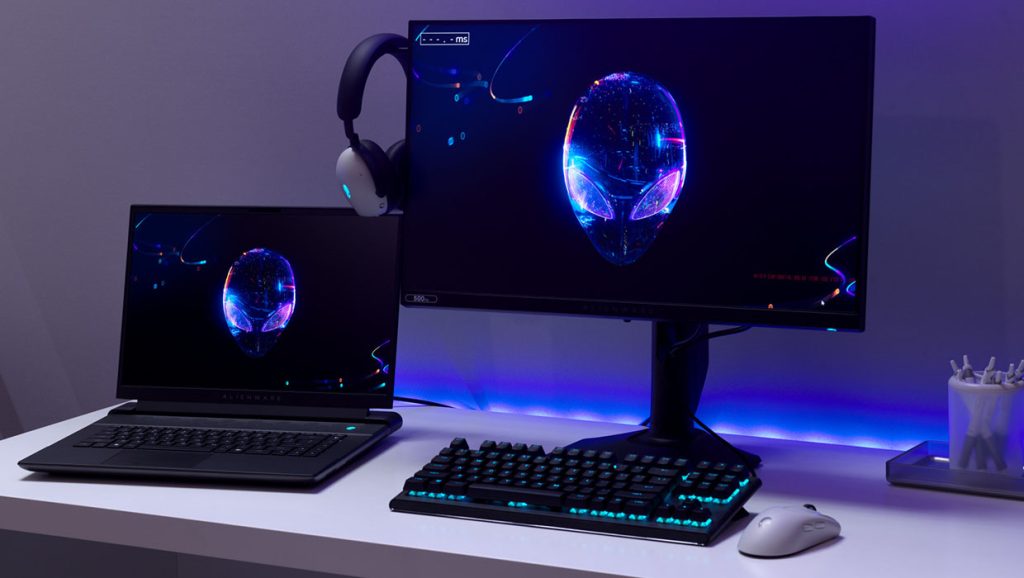
Competitive Landscape: Other High Refresh Rate Monitors
While LG’s 480Hz OLED monitor is a standout, it’s not without competition. Let’s take a look at some alternatives to better understand its market position:
1. Alienware 500Hz Monitor
Alienware previously introduced a 500Hz monitor tailored for extreme competitive gamers. However, it uses traditional TN panel technology, which falls short of LG’s OLED in terms of color vibrancy and contrast. That said, its slightly higher refresh rate appeals to those prioritizing pure speed.
2. ASUS ROG Swift 360Hz Monitor
ASUS’s ROG series is a popular choice among gamers for its esports-friendly features. While its 360Hz refresh rate is lower than LG’s offering, its comprehensive gaming optimizations and affordability make it a strong contender for those on a budget.
The Future of Display Technology: A Refresh Rate Revolution
LG’s 480Hz OLED gaming monitor represents the pinnacle of current display technology and hints at the direction the industry is heading. As refresh rates continue to rise, coupled with innovations in display quality and AI-powered optimizations, the future of gaming monitors looks incredibly promising.
From 144Hz to 240Hz and now to 480Hz, we’ve witnessed remarkable advancements in refresh rate technology. While 480Hz may not be necessary for everyone today, it sets a new benchmark for display performance and gives us a glimpse of what’s to come in the gaming industry.
Conclusion and Brand Recommendations
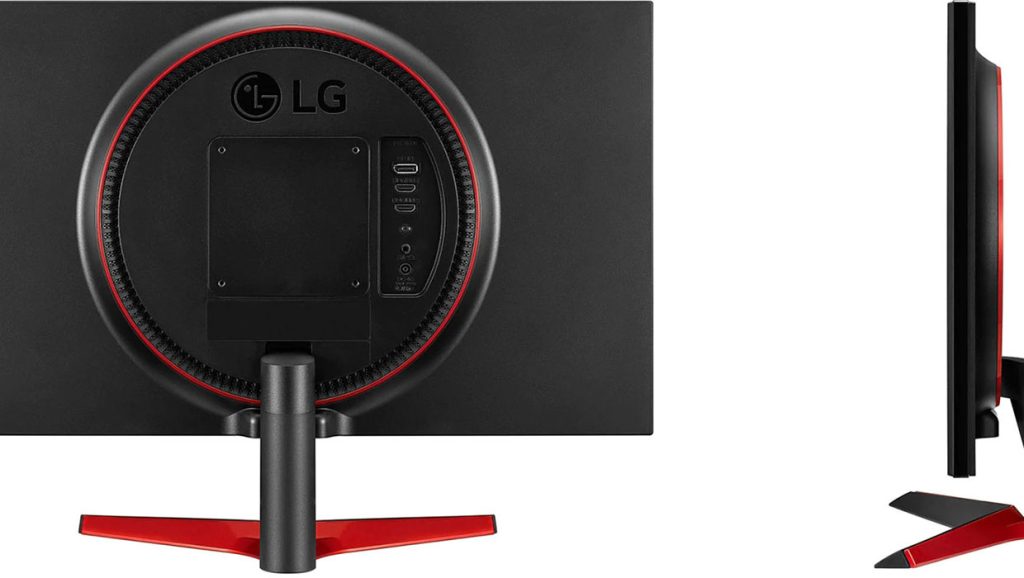
LG’s 480Hz OLED gaming monitor is a technological marvel that excels in both specifications and real-world performance. For competitive gamers seeking the ultimate advantage, this monitor is an unparalleled investment.
If you’re in the market for a top-tier gaming monitor, consider these two exceptional brands:
- LG UltraGear Series
Beyond this 480Hz OLED monitor, LG’s UltraGear lineup offers a wide range of high-performance gaming monitors, making it a reliable choice for esports enthusiasts. - ASUS ROG Series
Known for its excellent balance of price and performance, ASUS ROG monitors cater to gamers seeking advanced features without breaking the bank.
Whatever monitor you choose, make sure it fits your gaming needs. With the rapid pace of technological advancement, esports experiences are becoming richer and more immersive. LG’s 480Hz OLED gaming monitor sets the stage for a new era in refresh rate technology, raising the bar for gaming excellence.
